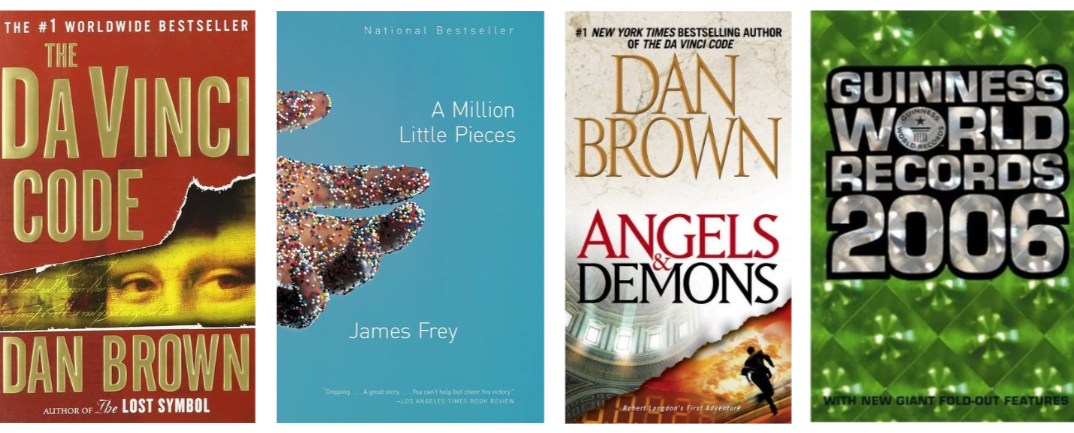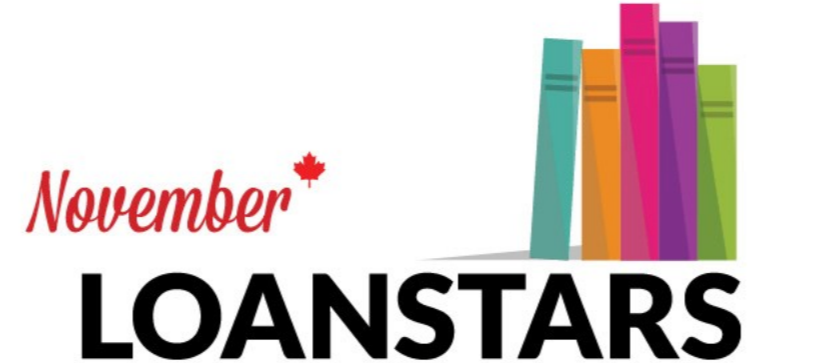To support their detailed ONIX documentation, international standards organization EDItEUR releases Application Notes. These notes are short white papers that look in-depth at a single ONIX topic that users are asking about or that EDItEUR is aware can be problematic.
You can see and download the full list of Application Notes here, but we thought we'd take the opportunity to highlight a new release, EU Deforestation Regulation and ONIX, for your reading pleasure.
This important Application Note is an essential and comprehensive document that builds on early EDItEUR contributions to the collected publishing industry knowledge on the topic, which includes essential webinars for the BookNet Canada Tech Forum and Book Industry Study Group (BISG) audiences.
The new Application Note is subject to amendment as further aspects of the Regulation, its operation and enforcement become clear. EDItEUR is open to feedback. Are there other aspects of ONIX and EU legislation that should be added? Specifically, are you considering the use of POD and the functional aspects of ONIX to comply with the legislation? Should any of the text be simplified or expanded? Please send any comments or suggestions on the document to info@editeur.org.
To whet your appetite, we’ve included some snippets of the Note below.
Who does EUDR apply to, and when does it come into effect?
The Regulation differentiates between ‘operators’ and ‘traders’ 3, with traders having a lower level of required due diligence and risk assessment. There is also a differentiation between micro- and small enterprises, and others. The smallest organizations themselves do not have to comply with the implementation requirements of EUDR until mid-2026 – but many will still have to provide data to their larger business partners by the end of 2025.
This final sentence, “the smallest organizations themselves do not have to comply with the implementation requirements of EUDR until mid-2026 – but many will still have to provide data to their larger business partners by the end of 2025,” should come to the attention of Canadian supply chain participants with active or planned EU trading relationships. While your company may satisfy the EU’s requirements of a small- and medium-sized enterprise, your trading partner(s) may be classified as large enterprise(s) and you will need to work with them to ensure that your products comply with the legislation so your trading partner(s) are compliant.
What is the role of ONIX in supporting publishers trading with EU trading partner(s)?
EDItEUR’s aim is to ensure that ONIX can be used to communicate EUDR-relevant metadata from publishers to their downstream supply-chain partners. That might include DDS document references or GPS provenance data – and sometimes might include both.
Having said that, it's important to realise that ONIX forms only part of the solution. Other methods will need to be found to communicate EUDR-related information from forestry company to papermaker to printer to publisher — parts of the supply chain where ONIX is not used. And for print-on-demand, it will likely be necessary to carry EUDR information at the level of an order for a single copy, perhaps on a dispatch note or electronic invoice.
Continuing EDItEUR’s reputation for sage advice must be highlighted here. While ONIX provides an excellent container to communicate EUDR-relevant information across the supply chain, it doesn't support the complete life of your printed book products. In other words, ONIX may not be supported by your printers nor their paper, and other raw material suppliers and publishers will have to develop workflows to capture and translate the relevant pieces of data in order to streamline necessary data distribution across the supply chain.
Be diligent about Due Diligence Statements (DDS)
For publishers outside the EU, responsibility [to register DDSs for their product] will pass to their local affiliates, sales agents (publisher representatives in ONIX terms) and importers who are responsible for placing the product on the EU market. However, those publishers outside the EU cannot avoid the process entirely, as they will still have to supply the data required for DDS registration to those other parties. And publishers and others must maintain their records so that claims about their due diligence process, provenance of raw materials, production dates, legal compliance, etc. can be substantiated.
It’s right there in the acronym: EUDR is all about that diligence, due diligence. While publishers in Canada and elsewhere exporting to the EU will (rightly so) be guided by their sales agent and distribution partners, among others, the Canadian publisher, as the shepherd for the production of the product prior to its entry into the EU market, must contribute to the DDS creation process through the supply of the relevant pieces of information from their suppliers involved in the manufacturing process. EDItEUR responds to that necessity in the section of the Application Note “My product hasn’t got a DDS yet. How can I specify the raw material provenance so that another organization can create a DDS?”
What have print runs got to do with it?
EUDR provenances in ONIX should include sources for all timber used for all the types, grades and brands of paper, card and board used across all impressions. This ‘cumulative’ approach means that upon printing the third impression, the provenances of the papers used in that third impression should be added to the provenances listed in the ONIX or the provenances listed in a specific DDS, and the provenances of the first and second impression papers should not be removed.
We’re pretty sure that Shakespeare was trying to say that “a [print run with] any other [paper stock] would smell as [compliant]" in Romeo & Juliet before an overzealous editor with literary ambitions stuck some floral imagery in there. However, our boy William would have been wrong: once a publisher issues a second print run (or a new edition) of a book, that publisher is responsible for updating the data provided through communication channels such as ONIX, so that all products across all print runs carry metadata reflecting the wood/forestry product used in each run.
How can I avoid this whole thing?
Obviously, EUDR does not apply to digital products, or to physical products that are not made (ultimately) of wood (or coffee, cocoa, etc.). But within the broad TARIC categories where EUDR does apply, there are few exceptions.
Short of stopping print production heading into the EU and focusing solely on digital, there’s not much a publisher can do to avoid EUDR if that publisher wants to trade in the EU. Even if a publisher uses wholly recycled paper stock and/or non-wood paper-like material (colloquially called EUDR-compliant), it's still the responsibility of the trader to be able to prove the products do not contribute to deforestation nor land degradation and to provide this information, when requested, across the supply chain. EDItEUR’s Application Note goes into further detail on the exemptions of the legislation in the section “Can I also express these exemptions in ONIX?”
Where can I find the complete “EU Deforestation Regulation and ONIX” Application Note?
That’s easy! Read up and learn even more at the link below:














Happy holidays!